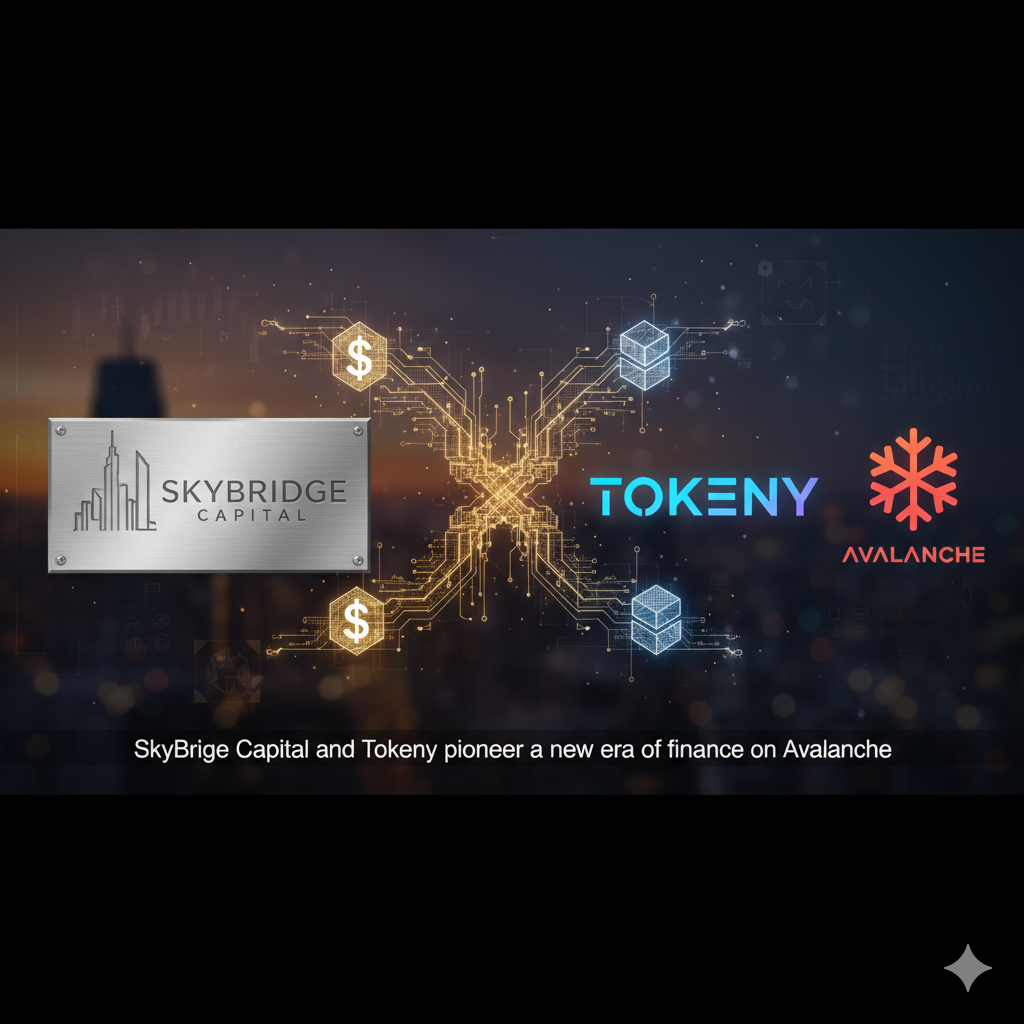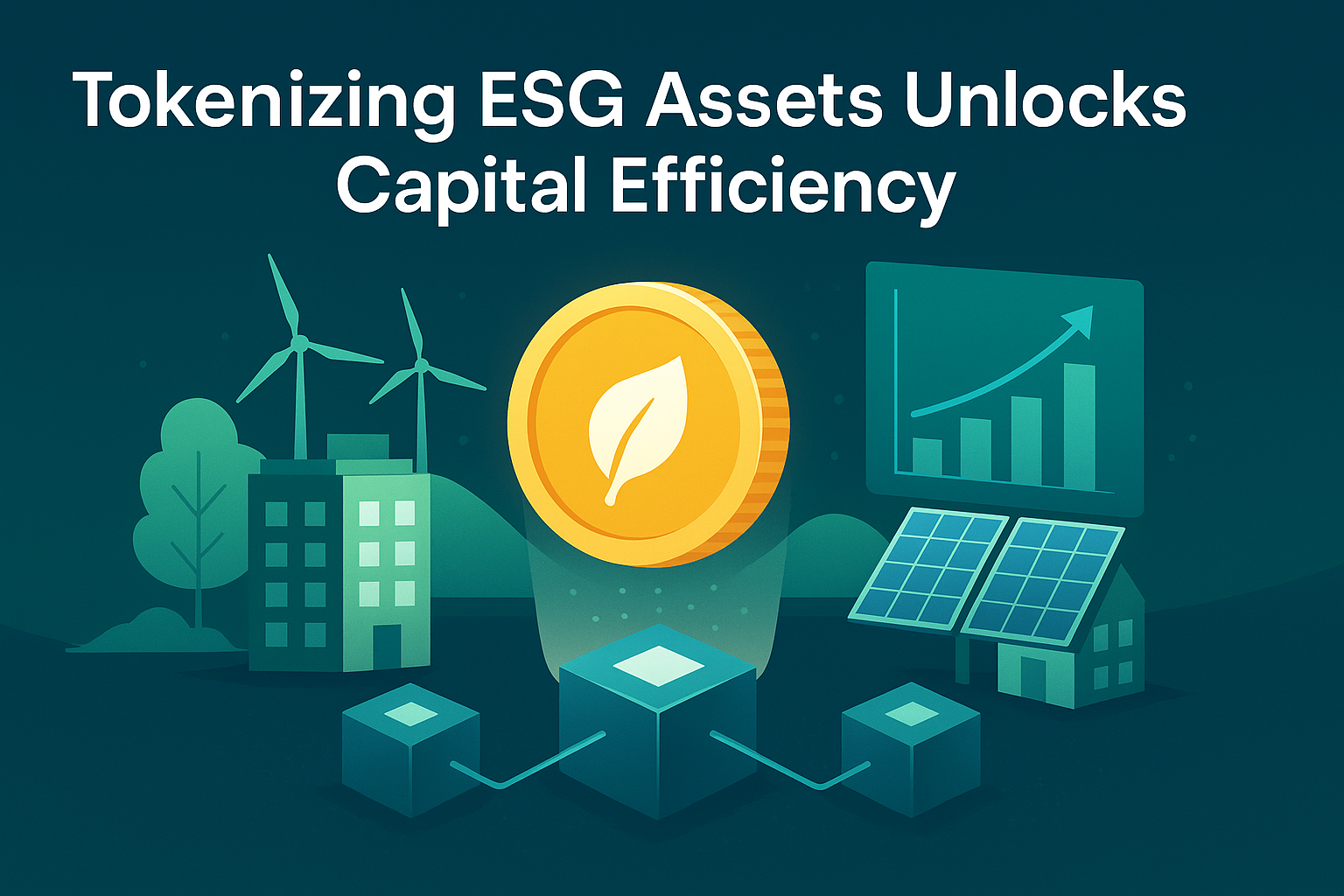In a digital age where sustainability is becoming a core value for consumers, businesses are exploring innovative ways to reduce their carbon footprint without compromising on growth. One of the latest trends gaining momentum is the adoption of eco-friendly NFTs (non-fungible tokens). Traditionally known for their high energy consumption due to blockchain technology, NFTs are now being reimagined to align with sustainable practices, offering businesses a greener alternative to engage with environmentally conscious consumers.
The Environmental Impact of Traditional NFTs
Conventional NFTs, typically built on the Ethereum blockchain, have been criticized for their environmental impact. Ethereum’s proof-of-work (PoW) consensus mechanism, prior to its upgrade to proof-of-stake (PoS), consumed significant amounts of energy. A single NFT transaction could use as much electricity as an average household in a month, raising concerns among businesses and consumers alike.
Energy-Efficient Blockchains to the Rescue
To address these concerns, businesses are turning to energy-efficient blockchains such as Tezos, Flow, and Algorand. These platforms use PoS and other low-energy consensus mechanisms that significantly reduce the carbon footprint of NFTs. For instance, Tezos claims to be more than two million times more energy-efficient than Ethereum’s previous PoW model. By adopting such platforms, businesses can leverage NFTs for branding, loyalty programs, and exclusive digital assets without contributing to excessive energy consumption.
How Businesses Benefit from Eco-Friendly NFTs
-
Enhanced Brand Image: As sustainability becomes a crucial factor in consumer decision-making, businesses embracing eco-friendly NFTs can enhance their brand image. Demonstrating a commitment to environmental responsibility helps attract and retain eco-conscious customers.
-
Cost Efficiency: Energy-efficient blockchains not only reduce carbon emissions but also lower transaction fees. For businesses, this means a more cost-effective way to launch NFT campaigns without the high gas fees associated with traditional platforms.
-
Access to New Markets: The eco-friendly NFT approach appeals to a younger, environmentally aware demographic. By aligning with sustainability values, businesses can tap into this growing market segment and build stronger customer loyalty.
-
Sustainable Digital Art and Assets: Artists and creators are also leaning towards green NFTs, which encourages businesses to collaborate on sustainable digital projects. This shift is helping create a thriving market for eco-friendly digital art and assets, further promoting sustainability.
Case Study: Nadcab’s Green NFT Initiatives
Nadcab, a blockchain development firm, is leading the way by offering NFT solutions on energy-efficient blockchains. By focusing on PoS networks, Nadcab helps businesses create, mint, and manage NFTs sustainably. Their approach emphasizes transparency in energy consumption and provides tools for businesses to track and minimize their carbon footprint.
Through strategic partnerships and an eco-centric vision, Nadcab demonstrates that NFTs can be both profitable and environmentally responsible. This model serves as a blueprint for businesses looking to integrate NFTs into their operations sustainably.
Challenges and Future Prospects
While the shift to eco-friendly NFTs is promising, challenges such as scalability and consumer awareness remain. Educating businesses and consumers about the benefits of energy-efficient blockchains is crucial for widespread adoption. Additionally, enhancing interoperability between different green blockchains could pave the way for a seamless NFT ecosystem.
Looking ahead, the integration of carbon offset mechanisms directly into NFT transactions could further reduce their environmental impact. Businesses adopting such forward-thinking strategies will not only stay ahead in the digital asset game but also contribute significantly to global sustainability goals.
Eco-friendly NFTs represent a smart and sustainable solution for businesses in the digital era. By leveraging energy-efficient blockchains and aligning NFT strategies with environmental responsibility, businesses can attract eco-conscious consumers, reduce costs, and build a stronger brand image. As the NFT market continues to evolve, embracing sustainability will be key to unlocking its full potential.




